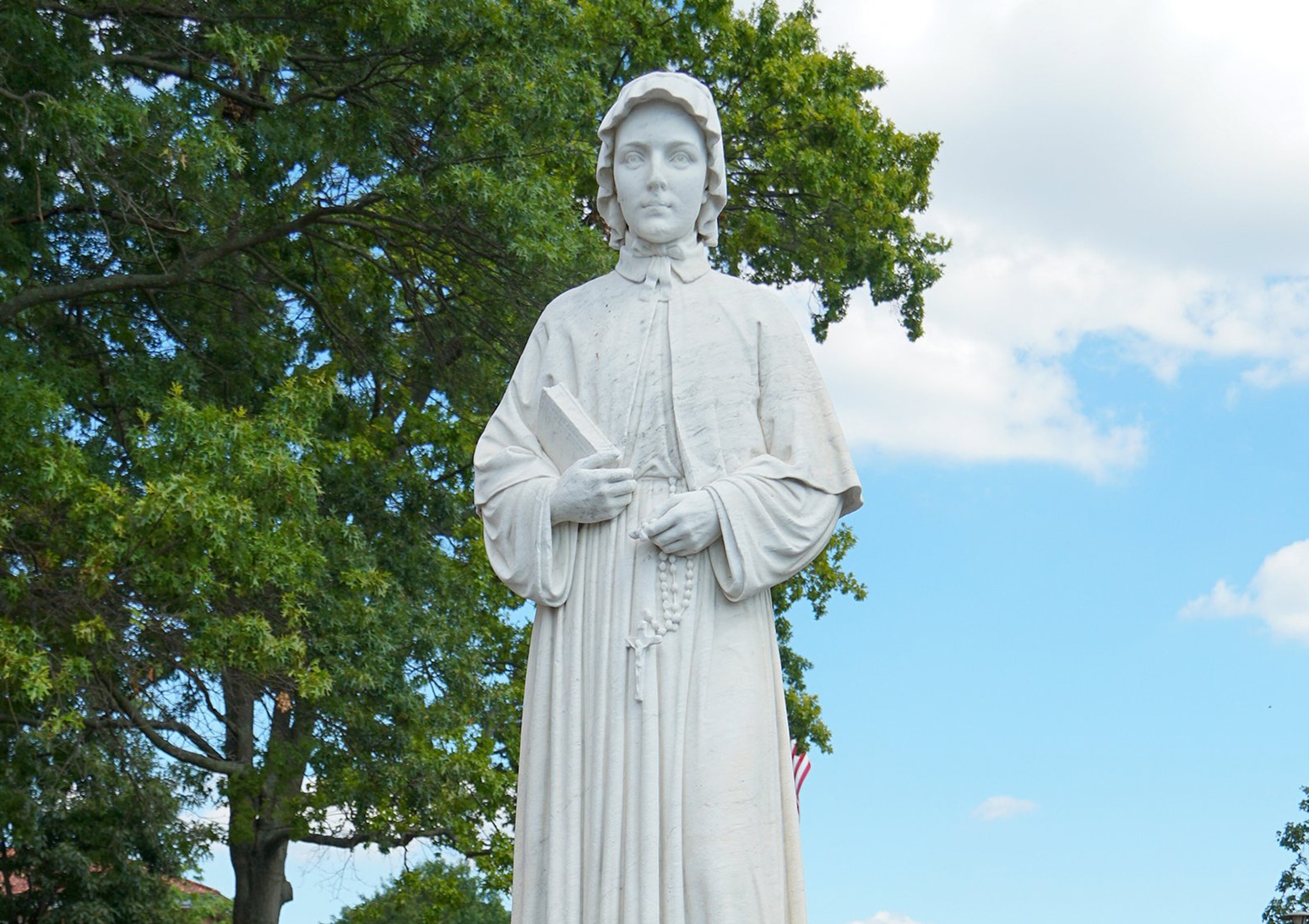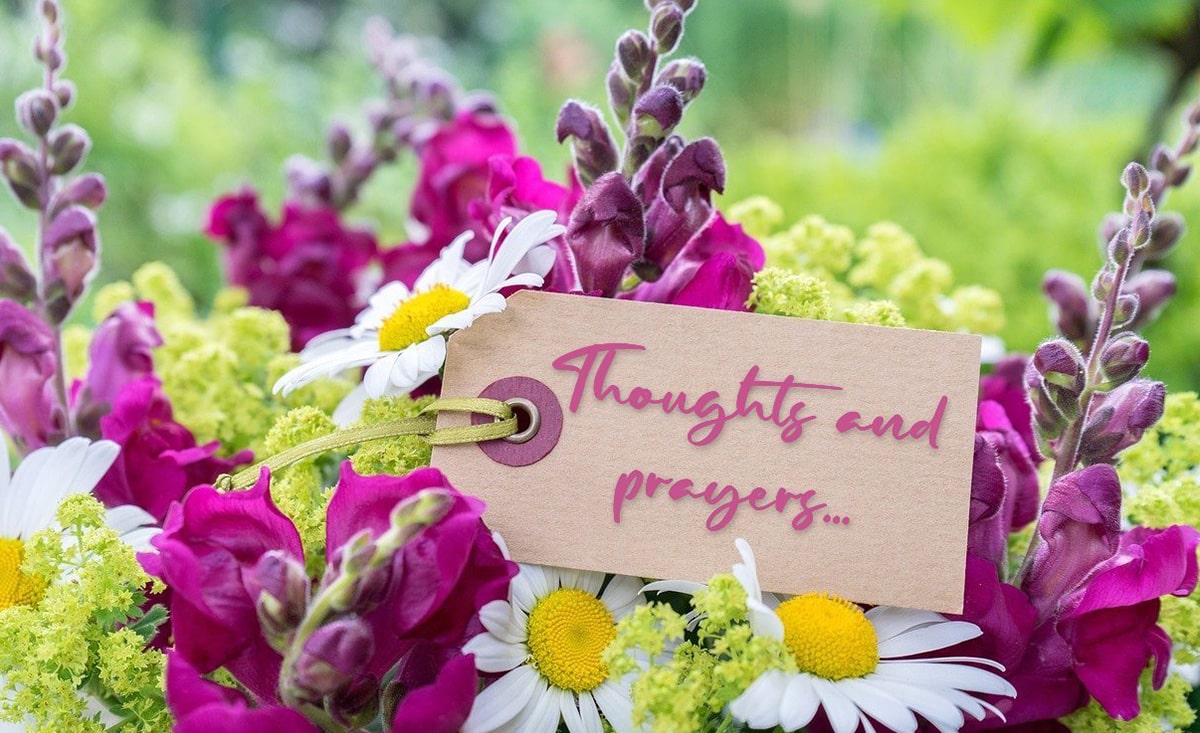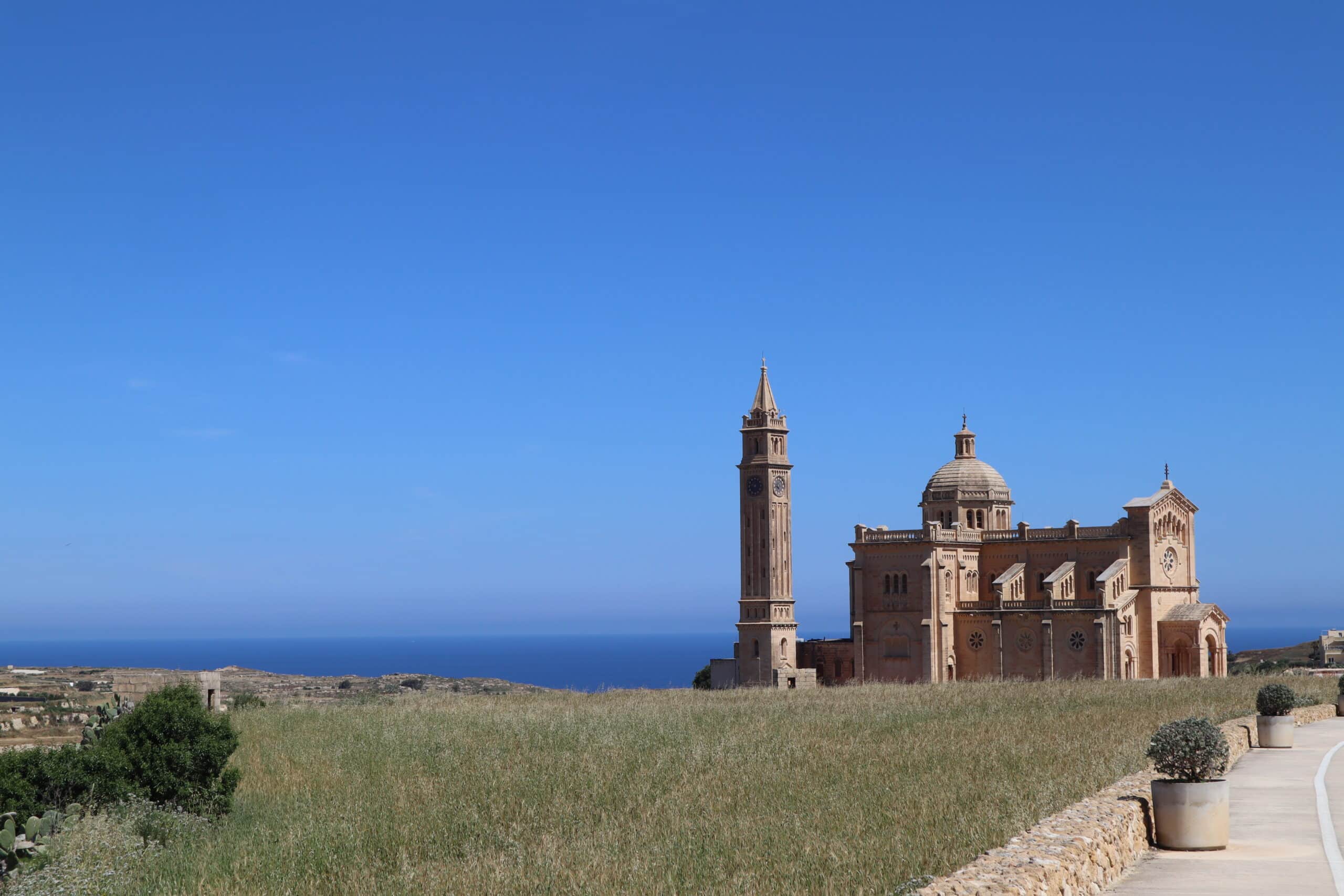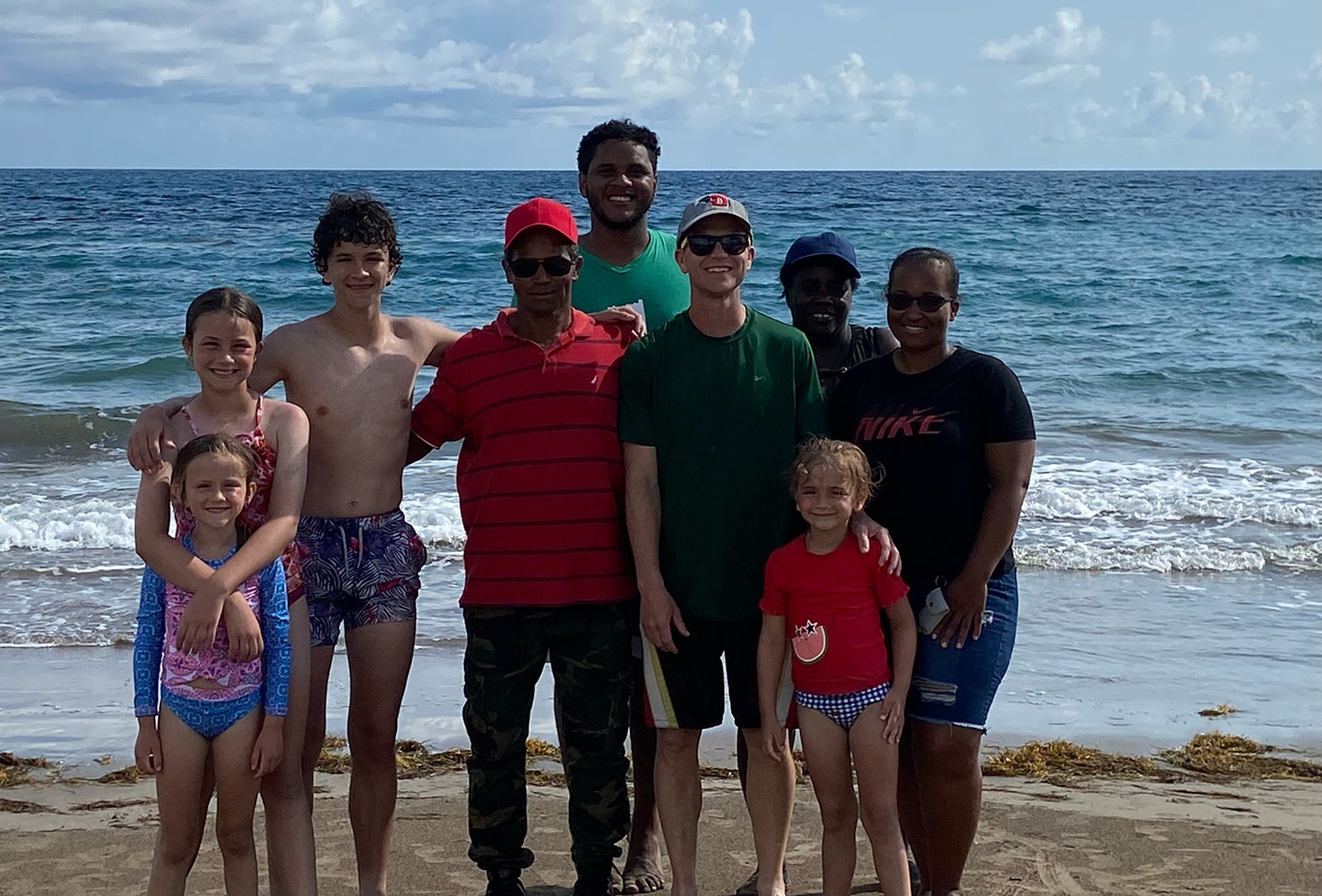By sheer coincidence, thanks to professional and social schedules, during the month of June alone, we got to visit the shrines of five American saints: in Philadelphia, St. Katherine Drexel and St. John Neumann; in Emmitsburg, Maryland, St. Elizabeth Ann Seton; in Terre Haute, Indiana, St. Theodore Guerin; and in St. Louis, St. Rose Philippine Duchesne.
The kids love seeing the shrines, and, being kids, they especially love the gift shops, where they score prayer cards and medals to press up against the tombs, resulting in third-class relics. At home, they have little containers where they store all of their various holy paraphernalia.
They also like knowing the stories — learning what each saint did and how the decisions they made helped them grow in holiness. We got a “Glory Stories” CD (yes, an actual CD) from Holy Heroes on St. Elizabeth Ann Seton, and must have listened to it 15 times. What a blessing it is for the lives of these holy men and women to become real to our little ones.
And on top of all of this, discovering the saints of the Americas can’t help but provide historical insights into what life was like in the first centuries of our country’s history. These men and women became part of the fabric of the burgeoning United States in the 18th, 19th and 20th centuries: opening schools; ministering to the indigenous population, immigrants and other minorities; starting new convents and religious orders; and caring for the sick. Their ministry had a profound effect on the development of the country as a whole.
How the saints shaped history
The same is true for the saints throughout the course of history. As Dorothy Day said, “It is the saints that keep appearing all thru history who keep things going.” To that end, the new book “How the Saints Shaped History” (OSV, $27.95) is especially enlightening. At right around 350 pages, it’s a hefty book — but be not intimidated; it’s really more of a reference book than a cover-to-cover read. You can dip in and out of sections depending on what you’re interested in — for example, Part V on the Enlightenment and modernism, which includes a chapter on saints in America, Asia and Africa. The chapter covered St. Junipero Serra, Mother Seton, St. John Neumann, St. Frances Xavier Cabrini and more, pointing out how they overlapped or how they built off of the work and ministry of the others, which provided very helpful context for the spreading of the Faith in 19th-century America, but also elsewhere in the world at the same time.
The book by Randall Petrides highlights more than 180 saints who shaped the history of the Catholic Church. “As they confronted the issues of their day, they influenced history by their gifts and talents — but most importantly, by their resolute commitment to Jesus Christ,” Petrides wrote in the book’s introduction. “This commitment opened them to the grace of the Holy Spirit, acting in definite times and places. In a sense, this book is an effort not only to shine light on saints making history, but also to bring to light the role of the Holy Spirit as well.”
Of course this isn’t just limited to modern American saints. The book begins with St. Mary Magdalene, witnessing Jesus’ resurrection, and tracks the history of the Church for the next 2,000 years. An index at the back of the book helps with quick references. So whether or not you have a summer of saints planned, or if you’re just interested in a particular time period or a particular saint, this book can serve as a helpful resource.
Looking at the history of the Church through the lives of the saints is a valuable exercise. We are reminded that they, too, were just ordinary people who said “yes” to God — and, in doing so, were transformed into the extraordinary. We are reminded that the saints lived in their own times and places, and responded, as disciples of Jesus Christ, to the needs that they encountered. And we are inspired, when we recall their lives and visit their shrines — as our kids can well attest — to bow our heads and say “help us to be like you.”







